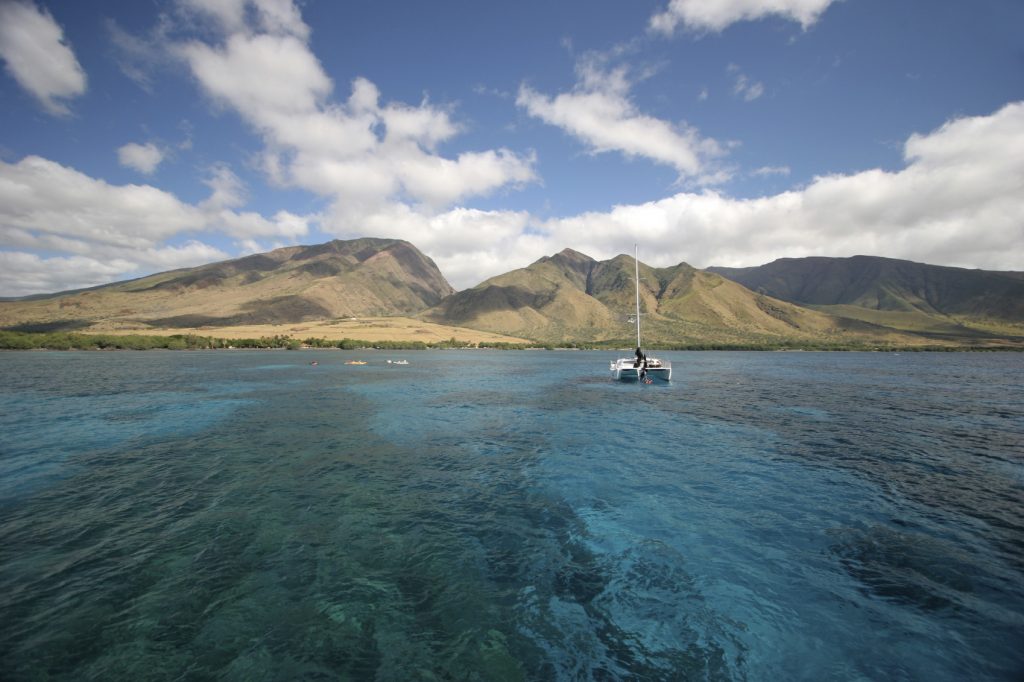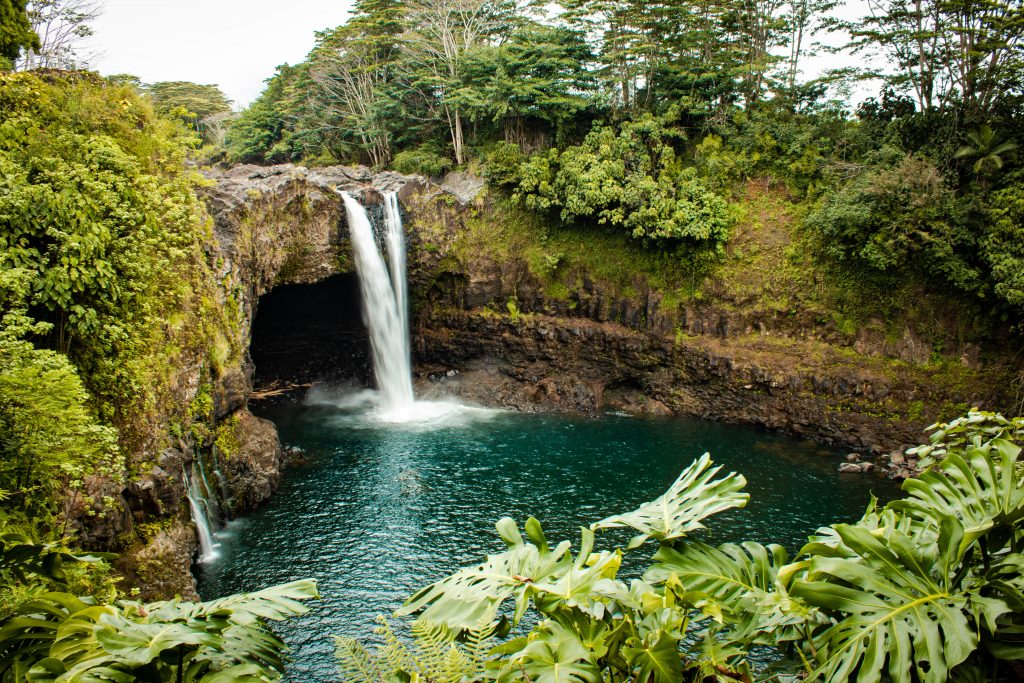Maui Needs Your Help

Aloha to all! I realize it has been a little while since we have published anything here… it’s been a crazy bit of time for us in Maui. Thank you for stopping by and giving a little read.
Maui has had some hard times in the past few years. Most of us (in the world) really went through it four years ago and the recovery for us was looking pretty good… at least until we had some uncontrolled wild fires sweep through parts of the island bringing untold devastation.
It has definitely been challenging. Many people lost lives… family… friends, many people lost property and most of the islands’ economy was shut down.
Our island was shut down before, a few years ago. I had thought that maybe our recovery from this recent shut down would be similar, but it is not. Things are very different, and things are very… weird.
I know that there are many posts and articles out there on internetland that have been telling people to go away, or that Maui doesn’t want you and other similar type tones. I guess this writing is in a sense a response to that sentiment as it seems those that shout the loudest – though they may be heard more, they represent less. Maui needs you… and you can help.
Maui is a very unique place. It has rated very strongly as the best island in the world many times over. It is definitely a great place to visit and it is a great place to live and raise your kids. Though some people like to pretend that tourists are the enemy and try to make them not welcome, this is most definitely not the prevailing viewpoint. In fact, Maui would not be what it is without our tourist support. Anyone that would tell a tourist to “go home” has not really thought through how that would in fact affect their life.
We have a very precarious economy here in Hawaii – and in Maui specifically. We are about 2500 miles from any major body of land and the civilization that comes with that. We are very limited on what we can import and export. In fact, our economy would not resemble anything close to what it is today with the absence of tourism. It’s not like we’re sitting on oil. People made a dollar or two off of pineapples and sugar cane here once upon a time, but all of that has disappeared as well.
It’s not like we’re going to be able to manufacture a bunch of things here and ship them around the world and be net positive – especially since most of the things that we could make would need to be made from stuff that was imported to the islands in the first place. Now we do have some smaller scale manufacturing and creation going on that would certainly be desired elsewhere to help bring money into the islands, but it is definitely on the smaller side of things.
What we do have though is a beautiful island that people from all over the world have dreamed about coming to. Thankfully people have been coming over the years, but as I said before, it has lead to a precarious economy.
You see, in Maui we have about 150,000 people that live here. However, we see about 2.5 million tourists a year! That means that on some weeks we could possibly have more tourists on the island than residents. Clearly there needs to be some sensitivity in how tourists interact with our island, but we do need to recognize that our economy (as we know it) has a significant dependancy on tourists coming in and spending some money.
When I say “spending some money” I’m not even just referring to the specific tourist activities. It’s everything. It’s buying the coffee in the morning, going out to lunch, popping into the grocery store, filling up the rental car with gas. All of these more regular life things affect many, many people here. When you live in a small place but usually have 25-50% more people visiting, spending money on life, and then those people either stop coming or just don’t contribute to the normal economy here – there are drastic ramifications.
The restaurant that usually employs 50 people now can only carry 40. Those 10 people that are laid off are also not buying food or coffees like they used to. Which, in turn, results in other places needing to lay off more people. On and on down the so-called economic “food” chain store after store tightens and tightens until it hurts.
So, we need you. We need people to come back and live a little life with us. Come, grab a coffee and walk the beach. Have a glass of wine and watch the sunset. Maybe you can afford to be a bit of a bigger spender and explore the islands with a West Maui Molokai Helicopter Tour or by attending one of the best luaus in Maui. However you can, you can help in our recovery here.
Maui is open… in fact, it never closed back in August. You can help. Maybe you cannot come right now, and I get that. But you probably know someone that could or is thinking about it. You can still help, by sharing this article with them. Let’s get the word out. We need people coming and living life with us as we rebuild from the ashes.
Aloha Adventures: The Top Things to Do in Hawaii

Hawaii, the stunning archipelago in the Pacific Ocean, is a tropical paradise that lures travelers from around the world with its pristine beaches, lush landscapes, and vibrant culture. Each island of Hawaii offers a unique experience, catering to various interests and preferences. Whether you’re an adventurer seeking thrilling outdoor activities or a laid-back traveler in search of relaxation, Hawaii has something for everyone. In this article, we’ll explore the top things to do in this breathtaking destination.
1. Explore the Volcanoes National Park: Hawaii’s volcanic origins are evident in the Volcanoes National Park, located on the Big Island. Witness the mesmerizing power of Mother Nature as you observe active volcanoes, including Kilauea, one of the world’s most active volcanoes. Take a hike through lava fields, explore lava tubes, and marvel at the ever-changing landscapes created by the volcanic activity. The park offers visitors a rare opportunity to witness the raw beauty of creation in action.
2. Relax on the Pristine Beaches: Hawaii is renowned for its idyllic beaches with crystal-clear waters and fine, golden sand. Whether you’re on Oahu, Maui, Kauai, or any other island, you’ll find a range of beaches perfect for swimming, snorkeling, sunbathing, and surfing. Waikiki Beach, on the island of Oahu, is famous for its vibrant atmosphere and stunning sunsets, making it a must-visit destination.
3. Immerse in Hawaiian Culture: Embrace the rich and vibrant Hawaiian culture by attending a traditional Luau. Experience the mesmerizing hula dance, savor traditional Hawaiian dishes like Kalua pig and Poi, and learn about the history and customs of the islands. Visiting historical sites like Iolani Palace in Honolulu and Pu’uhonua o Honaunau National Historical Park on the Big Island will also offer valuable insights into the island’s heritage.
4. Snorkel with Marine Life: Hawaii’s waters are teeming with colorful marine life, making it a paradise for snorkeling enthusiasts. Hanauma Bay on Oahu, Molokini Crater near Maui, and Kealakekua Bay on the Big Island are just a few of the prime spots for snorkelers to witness a diverse array of tropical fish, sea turtles, and even dolphins.
5. Hike to Spectacular Waterfalls: Hawaii’s lush landscapes boast numerous breathtaking waterfalls that are worth the hike. On Maui, the Road to Hana is renowned for its cascading falls along the way, such as the Wailua Falls and the Seven Sacred Pools at Ohe’o Gulch. Additionally, the island of Kauai offers the picturesque Wailua Falls and the challenging yet rewarding hike to the Hanakapiai Falls along the Napali Coast.
6. Go Whale Watching: If you visit Hawaii during the winter months, don’t miss the opportunity to go whale watching. The waters surrounding the islands become a playground for humpback whales, which migrate from Alaska to Hawaii during this time. You can spot these majestic creatures breaching and tail-slapping from various vantage points along the coast or by joining a whale-watching tour.
7. Discover Underwater Wonders through Diving: For certified scuba divers, Hawaii offers some of the most spectacular dive sites in the world. Explore underwater lava tubes, swim with sea turtles, and discover vibrant coral reefs teeming with marine life. The Molokini Crater off Maui and the Kona Coast on the Big Island are renowned for their exceptional diving experiences.
8. Drive the Scenic Routes: Renting a car and exploring the islands by road is a fantastic way to witness the diverse beauty of Hawaii. The Road to Hana on Maui, the Hana Highway, and the scenic drive to the Haleakalā National Park are journeys filled with stunning vistas, waterfalls, and lush rainforests.
9. Soak in Geothermal Hot Springs: Unwind and rejuvenate at one of the geothermal hot springs scattered across the islands. The Ahalanui Hot Pond on the Big Island, created by volcanic activity, provides a unique experience of soaking in naturally heated waters just steps from the ocean.
10. Watch the Sunrise and Sunset: No trip to Hawaii would be complete without experiencing the magical sunrise and sunset. The summit of Haleakalā on Maui is one of the best spots to witness the sunrise, while sunset at the iconic Waikiki Beach on Oahu is a sight to behold.
Hawaii’s beauty knows no bounds, and the experiences it offers are as diverse as the islands themselves. From the thrilling adventures of volcanoes and water sports to the serene moments of relaxation by the sea, Hawaii promises an unforgettable journey for every traveler. So, pack your bags, put on your sunscreen, and get ready to embark on an extraordinary vacation in this tropical paradise called Hawaii.
Remember to always respect the environment, culture, and local guidelines when exploring Hawaii to ensure its beauty endures for generations to come.
